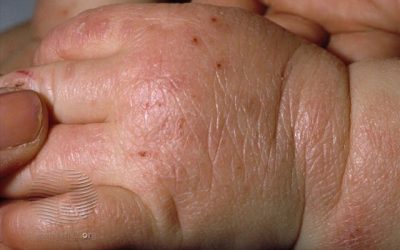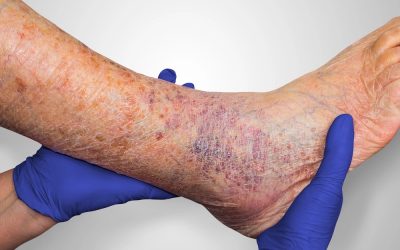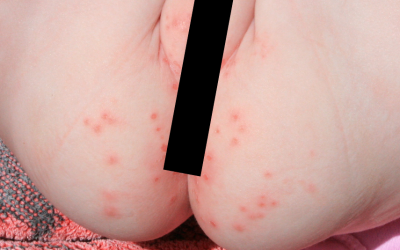Polymorphic light rash (sun allergy)
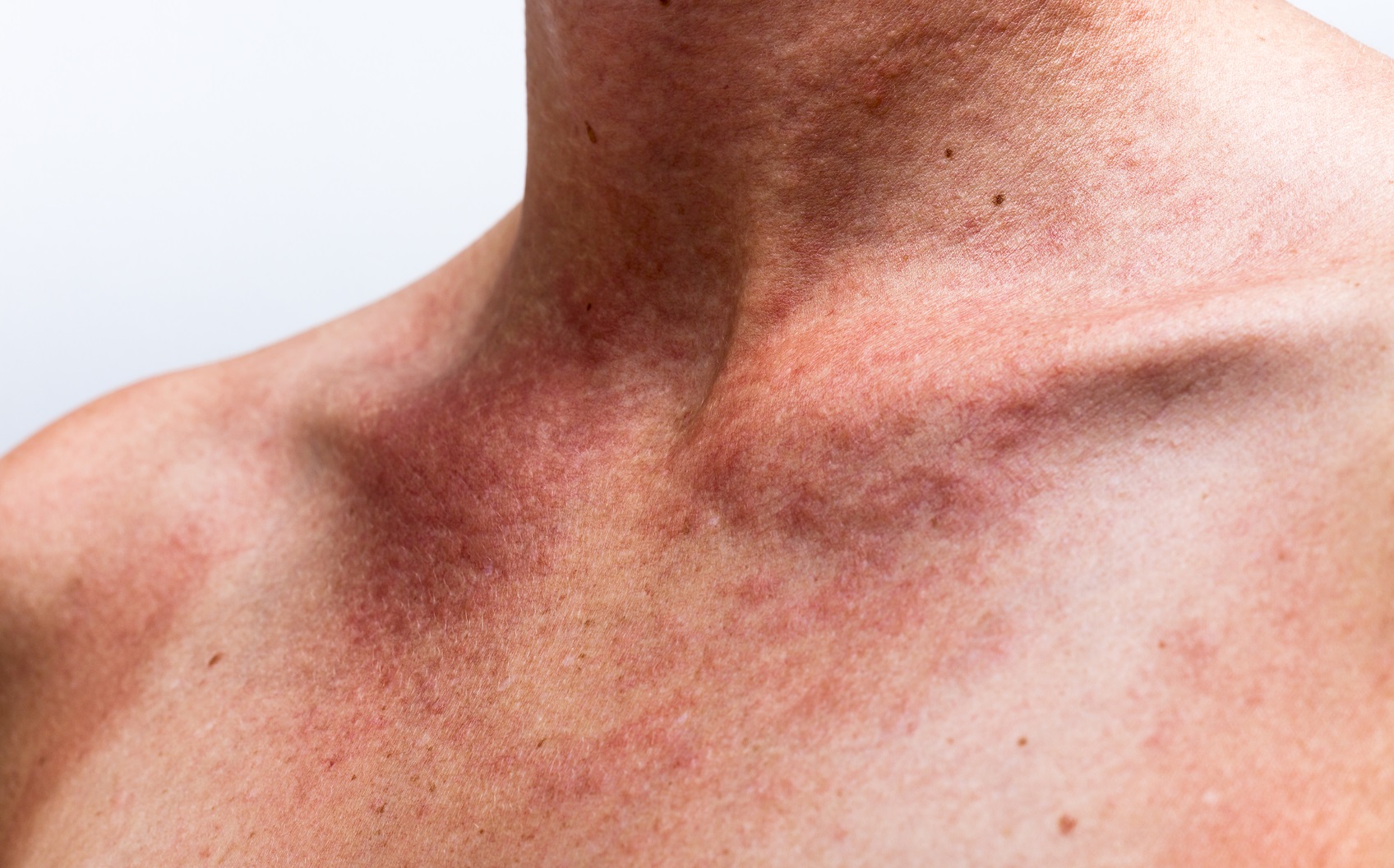
It usually occurs during the warm season (spring, summer), which means it is seasonal. Itchy, small, pink or skin-coloured papular rashes, less commonly plaques and vesicles, appear on areas of skin exposed to direct sun within a few hours, less often after a couple of days. Skin lesions disappear spontaneously within a few days if you avoid the sun.
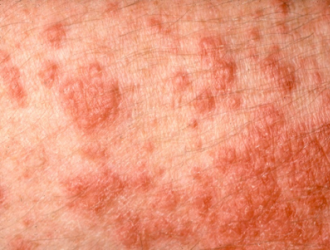
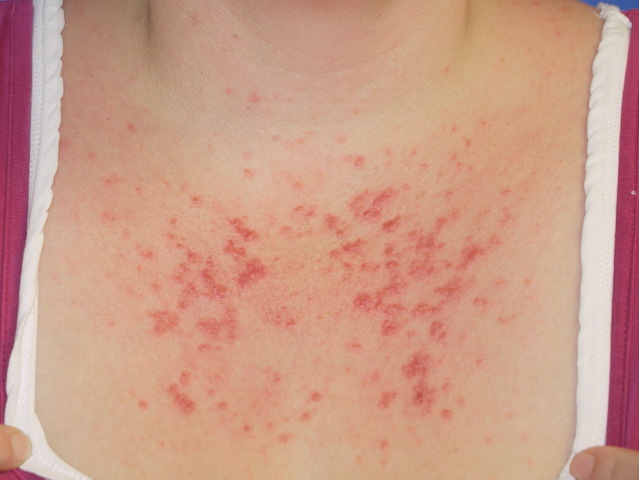
The diagnosis is based on medical history (exposure to direct sunlight), clinical symptoms (itchy rash on sun-exposed areas of the body) and seasonality (warm season). In most cases, no further tests are needed.
– Sun protection: clothes that cover the skin, SPF 50 sunscreen
– Prophylactic phototherapy (narrow-wave UVB phototherapy) in early spring or late winter to increase tolerance to the sun’s ultraviolet rays during the warm season. The course is 2-3 treatments per week for 4-6 weeks each year.
Treatment:
– Corticosteroid ointments. They are effective in reducing inflammation and itching. These drugs are given for 5-7 days, 1-2 times a day.
– In advanced disease, oral corticosteroids are prescribed.

Atopic Dermatitis in Children: Causes, Symptoms, and Treatment
Atopic dermatitis in children is a chronic skin condition that causes itchy, inflamed skin. Effective management includes identifying triggers and using treatments to soothe and protect your child’s sensitive skin, ensuring comfort and relief
Stasis dermatitis
Stasis dermatitis is a skin condition caused by poor circulation in the legs, leading to swelling, discoloration, and irritation. Effective treatment focuses on improving circulation and managing symptoms to prevent complications and improve skin health.
Candidiasis
Candidiasis is a common yeast infection that affects moist skin areas, such as under the breasts, between the buttocks, and in the diaper area. Early treatment is crucial to manage symptoms and prevent recurrence of this fungal infection.


